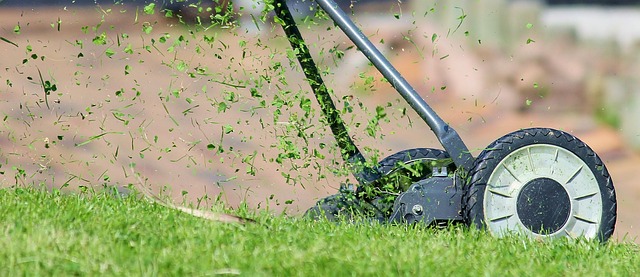Seasonal Work Patterns and Hiring Cycles for Landscape Positions
Seasonal shifts strongly influence ground maintenance roles, shaping daily tasks, staffing levels, and hiring timelines. Employers and workers in landscaping and groundskeeping adjust routines for planting windows, winter preparation, peak mowing periods, and irrigation cycles. Understanding these patterns helps applicants and managers plan training, scheduling, and resource allocation.

Seasonal variations determine much of the rhythm in landscape positions, from steady winter maintenance to busy spring and summer peaks. Employers plan crews around predictable cycles: pruning and equipment servicing in late winter, planting and sodding in spring, intensified mowing, irrigation checks and fertilization through summer, and leaf management and winterization in autumn. Labor demand often rises and falls with weather and daylight changes, affecting hiring cycles, contract lengths, and the mix of full-time, part-time, and seasonal roles.
How does seasonality affect landscaping work?
Seasonality changes the volume and type of work in landscaping throughout the year. In temperate climates, spring and early summer bring planting, sodding, and establishment tasks that need larger crews and more skilled horticulture work. Late summer can focus on turfcare adjustments and irrigation management as heat stress appears, while autumn concentrates on cleanup, pruning, and preparing beds for dormancy. In regions with mild winters, some tasks continue year-round but with different emphases. Employers typically align hiring to projected peaks, balancing permanent staff with seasonal hires to maintain service levels.
What do groundskeeping schedules look like?
Groundskeeping schedules reflect both routine maintenance and seasonal priorities. Routine duties such as mowing, trimming, litter pickup, and equipment checks are scheduled weekly during the growing season, shifting to biweekly or monthly cadences during slower months. Special projects—like pathway repairs, large-scale pruning, or installing irrigation—are often planned for shoulder seasons when weather is favorable and turf stress is lower. Crew composition can change by project: general groundskeepers for ongoing upkeep and specialized technicians for irrigation or heavy equipment tasks.
How does turfcare and lawncare change by season?
Turfcare and lawncare follow clear seasonal guidelines to protect grass health and appearance. In spring, managers focus on dethatching, overseeding, and sodding to repair winter damage. During summer, mowing frequency increases and irrigation requires close monitoring to avoid drought stress; fertilization schedules are adjusted to avoid promoting disease in hot, humid conditions. Autumn is prime time for corrective aeration and nutrient applications to strengthen root systems for winter. These cycles influence when employers hire additional crews for aeration, sodding crews, or turfcare specialists.
What horticulture tasks and pruning cycles recur?
Horticultural tasks vary by plant species and local climate, but common cycles exist. Pruning of shrubs and deciduous trees is often concentrated in late winter to early spring before active growth begins, while ornamental planting and transplanting are scheduled for spring and fall. Seasonal pest and disease monitoring is ongoing, with targeted treatments timed to plant lifecycles. Roles requiring horticulture knowledge, such as plant identification, soil management, and targeted pruning, may be in higher demand during planting and renovation seasons, shaping short-term hiring needs.
How do irrigation, sodding, mowing, and fertilization fit in?
Irrigation, sodding, mowing, and fertilization are core operational areas that drive daily and seasonal staffing needs. Sodding and large planting projects are best in spring and early fall when temperatures and soil moisture favor establishment. Mowing schedules ramp up in spring and continue through summer, sometimes requiring extra crews or extended hours. Fertilization is typically timed to promote root growth in spring and recovery in autumn while avoiding heavy feedings in peak summer heat. Irrigation systems need installation, seasonal startup, mid-season tuning, and winterization, often requiring technicians at predictable intervals.
How do sustainability and equipment shape hiring cycles?
Sustainability trends and equipment choices influence hiring and training timelines. As organizations adopt sustainable practices—reduced chemical inputs, native plantings, or water-efficient irrigation—job roles can shift toward more monitoring, organic fertilization knowledge, and landscape design skills. Equipment upgrades, such as battery-powered mowers or automated irrigation controllers, create demand for technicians trained in new tools and systems. Budget cycles that fund sustainable projects often align with fiscal years, meaning hiring for those initiatives may follow administrative timelines as well as seasonal needs.
Seasonal work patterns and hiring cycles in landscape positions reflect predictable biological and operational rhythms. Employers balance routine maintenance with project-based peaks, using a mix of permanent and seasonal staff while scheduling specialized skills around planting, pruning, irrigation, and winterization. For those working in or managing landscaping, understanding these cycles supports better workforce planning, training allocation, and operational resilience as weather and climate influence both short-term tasks and long-term program choices.






